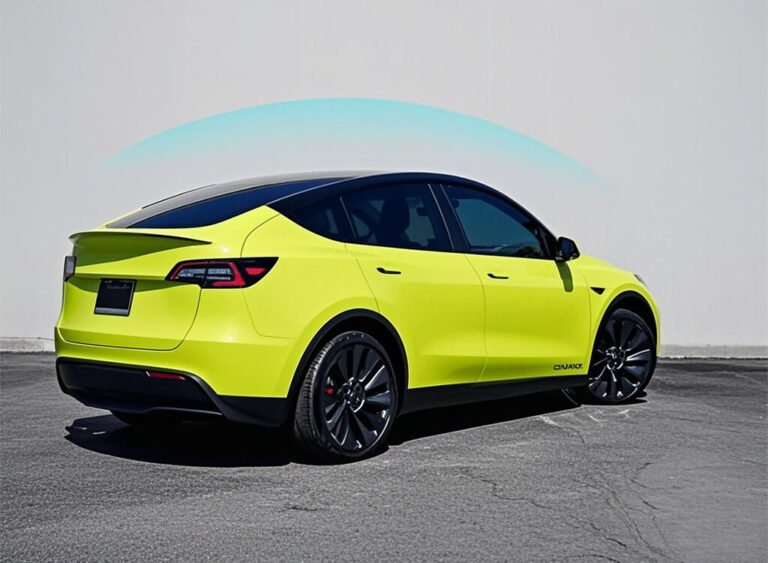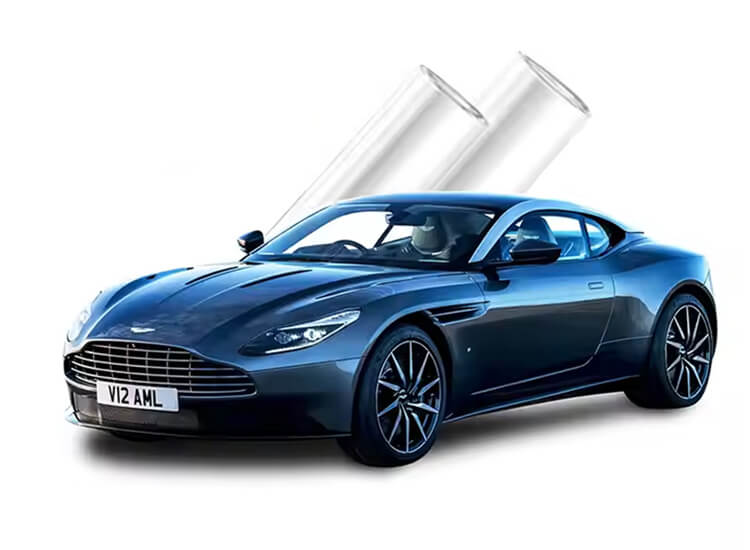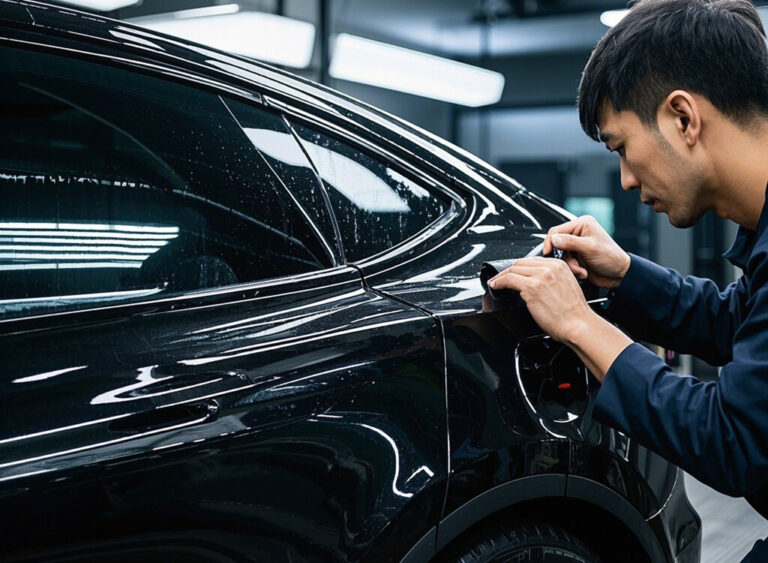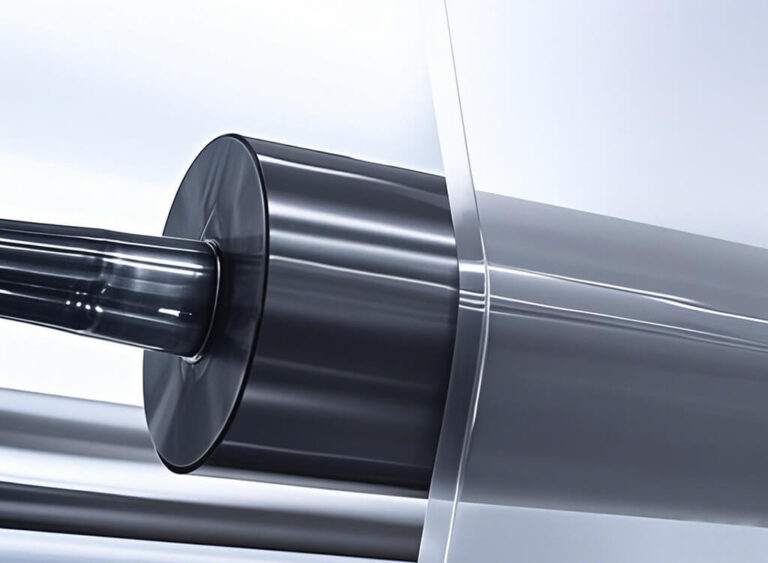What’s The Best Paint Protection for Your Car: Choosing Guide
Your car is more than just a mode of transportation; it’s an investment. Protecting its paintwork is crucial to maintaining its value, aesthetics, and longevity. Whether you’re a car enthusiast or a daily commuter, choosing the right paint protection solution can save you from expensive repaints and depreciation. But with so many options available—Teflon coating, ceramic coating, and paint protection film (PPF)—which one is the best? This guide will walk you through the pros and cons of each, helping you make an informed decision based on durability, protection level, maintenance, and cost.

Different Types of Car Paint Protection
Paint protection options help safeguard vehicle surfaces from environmental damage, scratches, and wear. The three main types are Teflon coating, ceramic coating, and paint protection film (PPF). Teflon coating provides a basic hydrophobic layer but offers limited durability. Ceramic coating enhances gloss and resists UV damage, oxidation, and chemicals, though it doesn’t protect against physical impacts. PPF(What is PPF?), a high-performance polyurethane film, provides the best protection by absorbing impacts, preventing scratches, and featuring self-healing properties. While PPF is the most durable, it requires professional installation and is the most costly. Choosing the right option depends on budget, protection needs, and maintenance preferences.
Teflon Coating – Budget-Friendly, Short-Term Protection
Teflon coating, commonly referred to as polytetrafluoroethylene (PTFE) coating, provides a thin protective layer over the car’s paint, making it more resistant to dirt, minor scratches, and UV rays.
Pros:
-
Affordable compared to ceramic coating and PPF
-
Enhances paint gloss for a sleek finish
-
Reduces dust accumulation
Cons:
-
Short lifespan (typically lasts 3 to 6 months)
-
Limited protection against deep scratches and rock chips
-
Needs frequent reapplication
Suggestion: Those looking for a budget-friendly option with short-term paint enhancement.
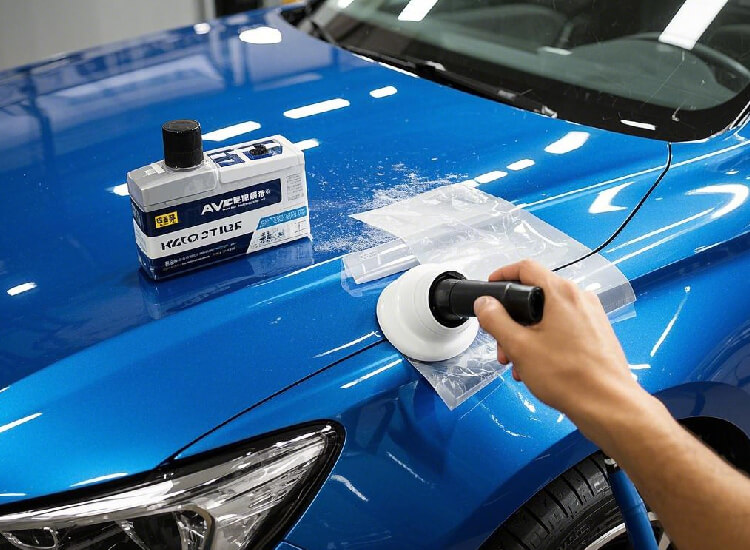
Ceramic Coating – Advanced Protection with Hydrophobic Properties
Ceramic coating is made of a liquid polymer with silica dioxide, which bonds with the paint surface to create a hydrophobic and protective layer. This coating provides enhanced protection against UV rays, oxidation, and chemical contaminants.
Pros:
-
Provides a deep, glossy finish
-
Repels water, making car washing easier
-
Protects against UV rays and oxidation
-
Lasts about 2 to 5 years in the right maintenance
Cons:
-
Does not protect against deep scratches or rock chips
-
Requires professional application for best results
-
More expensive than Teflon coating
Suggestion: Car owners who want long-lasting gloss and easy maintenance but not full scratch protection.

Paint Protection Film (PPF) – The Ultimate Shield Against Damage
PPF is a thermoplastic urethane film that physically adheres to the car’s paint, offering the highest level of protection. Learn more about PPF and its substrate: TPU vs PVC vs TPH PPF
Pros:
-
Best protection against rock chips, scratches, and road debris
-
Self-healing technology for minor scratches
-
UV-resistant and prevents paint discoloration
-
Can last up to 10 years with proper care
Cons:
-
Most expensive paint protection option
-
Requires professional installation for optimal results
-
Limited hydrophobic properties compared to ceramic coatings
Best for: Car enthusiasts and owners looking for maximum protection against physical damage.
The Best PPF on The Market or PPF Cost Guide
How to Find the Best PPF Installer Near You
For those who value maximum protection, PPF is undoubtedly worth the cost. It not only preserves your car’s resale value but also reduces the chances of needing expensive repaint jobs due to scratches or rock chips.
If your main goal is gloss enhancement and hydrophobic effects, ceramic coating is a solid alternative. However, for budget-conscious drivers, Teflon coating can still provide basic protection, although it requires frequent maintenance.
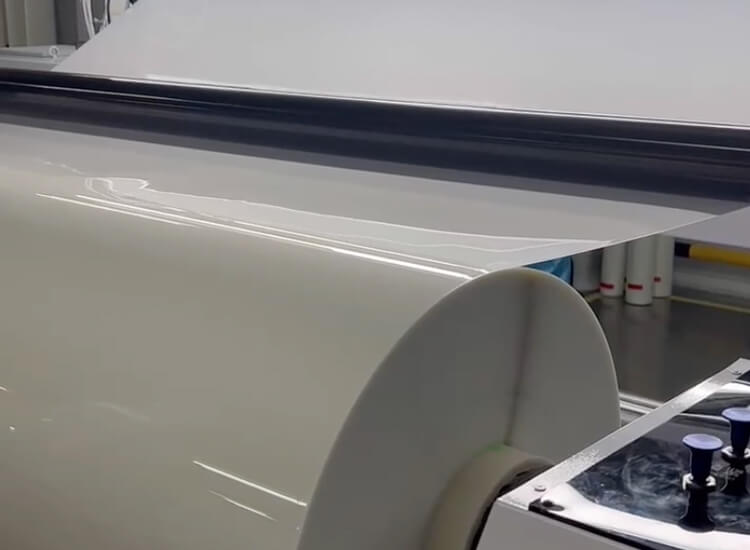
The Best Paint Protection for Your Car
The best paint protection depends on your budget, driving conditions, and protection needs:
Daily commuters → Ceramic Coating
Highway & Off-road drivers → Paint Protection Film (PPF)
Budget-conscious car owners → Teflon Coating
Investing in paint protection today can save you money in the long run while keeping your car looking as good as new. Whether you opt for a ceramic coating for shine or PPF for full-body protection, choosing the right option will enhance your vehicle’s durability and aesthetic appeal.
FAQs
1. What’s the difference between Teflon coating, ceramic coating, and paint protection film (PPF)?
Teflon coating is a basic protective layer that helps reduce minor scratches and stains but has low durability. Ceramic coating offers better weather resistance and shine, lasting for years. PPF is the most durable option, providing strong protection against rock chips, scratches, and physical damage.
2. Which coating is best for a budget-conscious car owner?
If you’re on a budget, Teflon coating is the most affordable option, but its protection doesn’t last long. Ceramic coating costs more but provides longer-lasting benefits. PPF is the most expensive but offers the highest level of protection.
3. Can ceramic coating and PPF be used together?
Yes. Many car owners apply PPF first to prevent physical damage and then add a ceramic coating on top to enhance shine and make cleaning easier.
4. Does PPF affect the car’s color or shine?
No, high-quality PPF is nearly invisible and won’t change the color or gloss of your car. There are also matte PPF options if you prefer a different look.
| ELVO Offers Fast Paint Protection Film OEM |
| 25 Days |
| From Ideas To Mass Production |
| Start OEM For Your Brand Now! |


